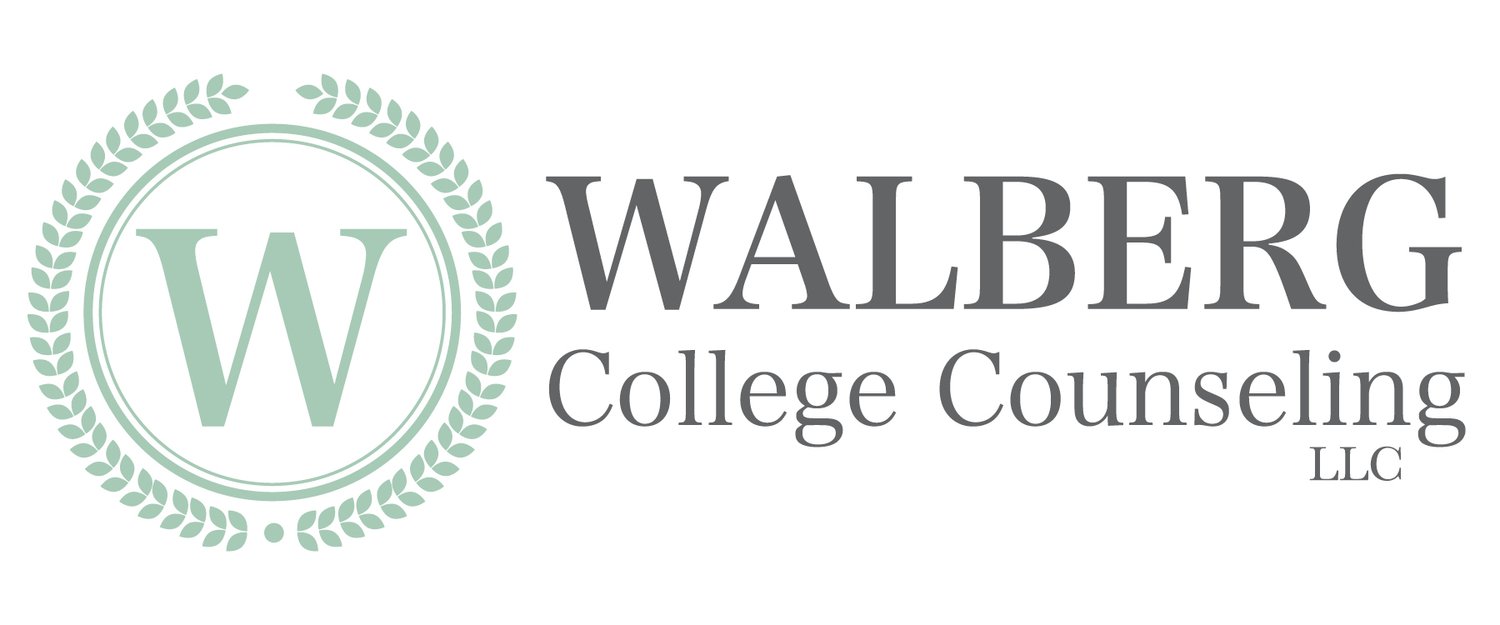High school can be one of life’s most exciting and transformative times. It can also be fraught with ups and downs, socially and academically. Here are some suggestions to help you navigate your high school years.
Join or Form a Club
One of the best ways to enhance your high school experience is by joining or forming a club. Clubs provide a sense of community and allow you to explore your interests outside the classroom. If you can’t find one that matches your interests, don’t hesitate to start your own. Leading a club can further develop valuable skills and create a space for others who share your interests.
Don’t Worry About the “Popular” Kids
High school can sometimes feel like a popularity contest, but in reality, popularity is fleeting. Focus on building genuine friendships rather than worrying about fitting in with the popular crowd. True friends will stand by you through thick and thin, and those relationships will be far more valuable than any social status.
Volunteer
Volunteering is a fantastic way to make a difference in your community and gain valuable life experiences. It can also be incredibly fulfilling and fun. Volunteering teaches you empathy and responsibility. Studies have shown that volunteering also can improve your mental health.
Challenge Yourself Academically
High school is a time to push yourself academically to the best of your abilities. Take challenging courses that interest you and broaden your horizons. Don’t overload yourself to the point of burnout. Leave room for other activities and relaxation.
Don’t Be Afraid to Ask for Help
Everyone struggles at some point during high school. It’s important to remember that asking for help is a sign of strength. Whether you’re having trouble with a subject, dealing with personal issues, or feeling overwhelmed, there are resources available to you. Seeking help early can prevent small problems from becoming big ones.
Keep Grades in Perspective
While it’s important to do your best academically, it’s equally important to keep your grades in perspective. A bad grade isn’t the end of the world. Learn from your mistakes and strive to improve, but don’t let academic pressure take over your life. Your worth is not defined by your GPA.
Take Care of Yourself Physically and Emotionally
High school can be demanding, so it’s crucial to take care of yourself. Maintain a healthy lifestyle by eating well, exercising regularly, and getting enough sleep. Physical health directly impacts your ability to perform academically and to enjoy life. Equally important is your emotional well-being. Find healthy ways to cope with stress, such as talking to a friend, writing in a journal, or practicing mindfulness. If you’re struggling with mental health issues, don’t hesitate to seek professional help.
High school is a time for growth, learning, and fun. By joining clubs, challenging yourself academically, focusing on genuine friendships, volunteering, asking for help when needed, keeping grades in perspective, and taking care of yourself, you can make these years enjoyable and memorable.
Copyright © 2024 by The College Advisor, Inc. All rights reserved.

















